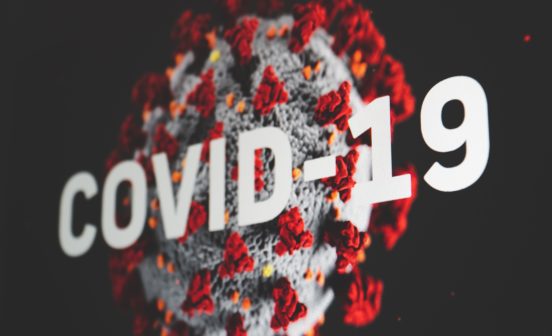Diagnostic Unexplained childhood hepatitis linked to common virus

The rise in unexplained hepatitis cases among children since 2022 is linked to a common childhood virus known as adeno-associated virus 2 (AAV2), according to three studies published in Nature last week. It remains unclear whether AAV2 is the cause of the hepatitis or merely an indicator of infection by another virus.
One of the three studies was part-funded by the NIHR Imperial Biomedical Research Centre and falls under our Infection and Antimicrobial Resistance theme. This study was led by Judith Breuer, University College London, with contributions from Mahdi Moradi Marjaneh and Michael Levin from Imperial College London’s Department of Infectious Diseases in the Faculty of Medicine.
Since 2022, more than 1,000 cases of paediatric hepatitis (inflammation of the liver) with no known cause have been reported in 35 countries, including the UK and USA. In some cases, the hepatitis was so severe that a liver transplant was needed; a smaller subset of cases were fatal.
Previously, health officials believed that a spike in adenovirus infections – which typically cause mild cold or flu-like illness – during spring 2022 may have been part of the explanation for the outbreak of hepatitis cases. However, the three new studies show that typically ‘harmless’ AAV2, which cannot replicate without a ‘helper’ virus such as adenovirus or herpesvirus, was present in a majority of cases of unknown hepatitis.
In the study we contributed to, the researchers found that high levels of AAV2 were present in 27 out of 28 (96.4%) cases of hepatitis, with significantly lower levels children with adenovirus infections, (six out of 100) even if immunocompromised (11 out of 32).
While the researchers also detected low levels of human adenovirus in liver tissue, they found evidence for human betaherpesvirus 6B (HHV-6B) co infection in the most severe cases that required liver transplantation. The appearance, gene and protein expression patterns in liver tissue confirmed that the hepatitis was caused by immune processes – with widespread activation of the patients’ immune systems evident.
The findings were also reflected in the other two studies, where AAV2 was detected in 26 out of 30 (81%) cases in the study led by the University of Glasgow and 13 out of 14 (93%) cases in the USA.
Read more about the study on the Nature website.





